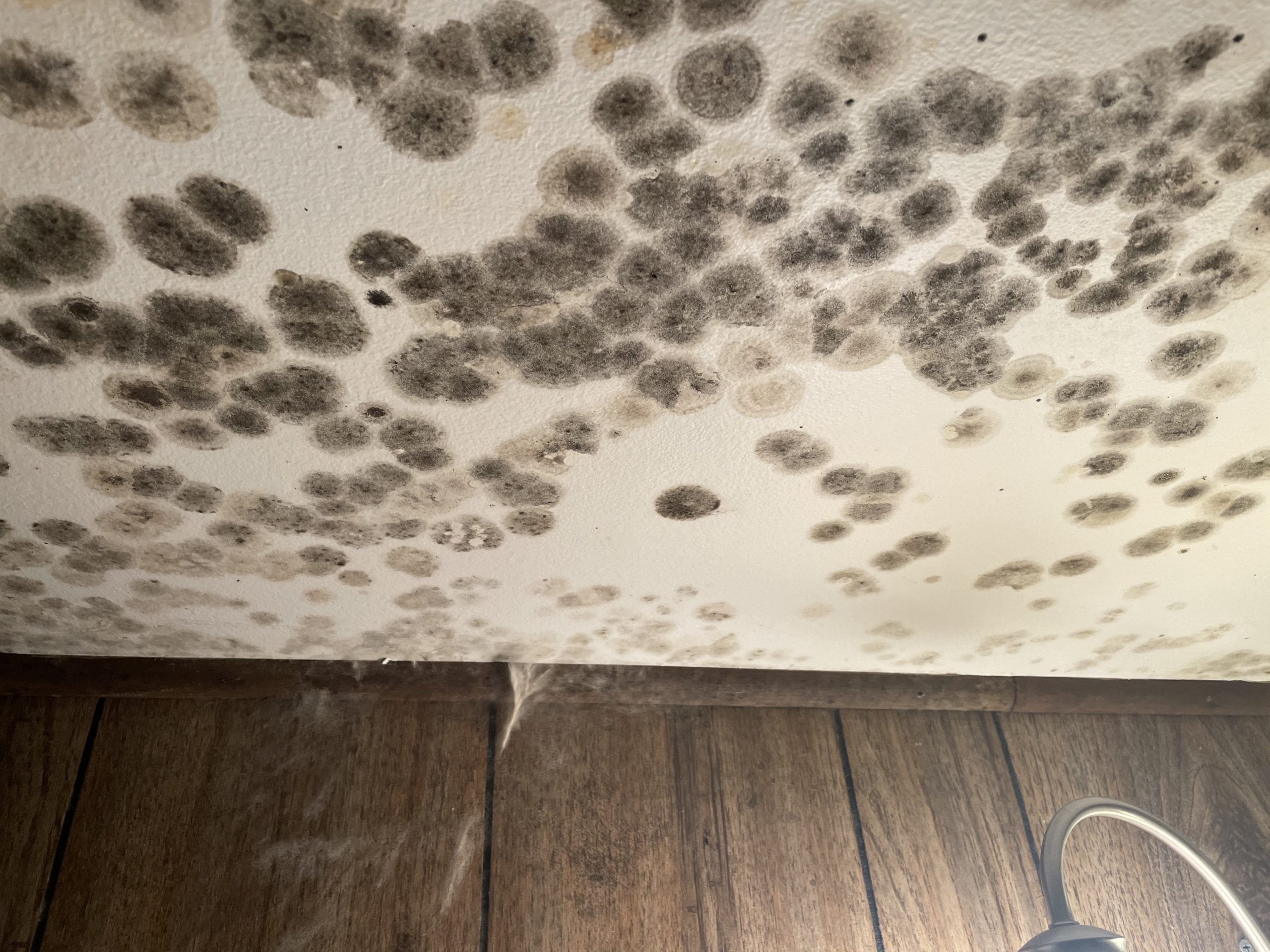There is a growing amount of written material regarding the use of ozone generators to improve indoor air quality. Unfortunately, much of the material makes claims and draws conclusions without substantiation or sound science. There are even some vendors which suggest that their devices have been approved by the federal government, despite the fact that there is not one agency within the federal government which has approved ozone generators for use in occupied spaces. The EPA published several documents which highlight the risks and dangers of ozone and why ozone generators should be avoided.
Ozone is a tiny molecule which is composed of three oxygen atoms. It is highly reactive which makes it an unstable and potentially toxic gas. Ground-level ozone is considered to be a major component of smog which plagues larger cities during the summertime and has been tied to a variety of potential health risks.
Not only is ozone potentially dangerous to your health, it may not even work at all. Below are four reasons why you should never use an air purifier that produces ozone.
- Ozone Generators May Not Work at All
Some manufacturers suggest that ozone will render nearly every chemical contaminant in the home harmless by producing a chemical reaction. This is incredibly misleading because a thorough review of scientific research has shown that in order for many of the dangerous chemicals found indoors to be eliminated the chemical reaction process may take months or even years. Other studies have also (PDF) noted that ozone cannot effectively remove carbon monoxide or from outside. If used at concentrations that do not exceed public health standards, ozone applied to indoor air pollution does not effectively remove viruses, mold, bacteria, or other biological pollutants. - The Chemical Reaction Can Be Dangerous
Even if ozone generators were proven to be effective at eliminating these chemicals, there are certain side effects everyone must be aware of. Many of the chemicals ozone reacts to results in a variety of harmful by-products. For example, when ozone was mixed with chemicals from new carpet in a laboratory setting, the ozone reduced many of the chemicals but created a variety of dangerous organic chemicals in the air. While the target chemicals were reduced, the dangerous byproducts rendered the process moved. - Ozone Generators Do Not Remove Particulates
A third factor to consider when looking at ozone generators is that they do not remove particulates such as dust or pollen from the air. This includes the particles which are primarily responsible for allergic reactions. To combat this, some ozone generators include an ionizer which disperses negatively charged ions into the air. In recent analysis’s, this process was found to be less competent in the removal of air-borne molecules of dust, smoke, pollen, and mold spores than HEPA filters and electrostatic precipitators. - It Is Impossible to Predict Exposure Levels
The EPA notes that it is increasingly difficult to determine the actual concentration of ozone produced by an ozone generator because so many different factors come into play. Concentrations will be higher if more powerful devices used in smaller spaces. Whether or not the interior doors are closed rather than open will affect concentrations as well. Additional factors which affect concentration levels include how many materials and furnishings are in the room to react with ozone, the level of outdoor air ventilation, and the proximity of a person to the ozone generating device.








